Given the changing economic and geopolitical landscape and the pitfalls of excessive dependence on China being more apparent, there is more scope for Japan to play an even larger role in the development of not just Nepal, but also other developing countries.
There is no doubt that Chinese influence in Africa, South-East Asia and closer home in South Asia has increased dramatically in recent years. The Belt and Road Initiative (BRI) has played a crucial role in further enhancing China’s presence in several parts of the developing world. During a recent visit to Nepal (Kathmandu), increasing Chinese economic presence in the South Asian nation’s capital by way of the number of Chinese tourists, shops, restaurants, hotels, and several signboards in Mandarin – especially in the Thamel area (Kathmandu) was observed.
Also Read: Pacifism in Words, Militarism in Actions: The Sounding Brass Leaders of 21st Century
Pokhara, a tourist destination, also attracts a large number of Chinese tourists, as the flight frequencies between the two countries expanded (the Pokhara International Airport being constructed by China). The interest of Chinese tourists in Nepal has been attributed to the 2013 movie, ‘Up in the Wind’.
It is evident that many Nepalis are uncomfortable with China’s growing influence in Nepal.
As in other parts of the world, many Nepalis are uncomfortable with China’s growing influence in Nepal (this is evident not just from the views of intellectuals and journalists, but also from interactions with ordinary citizens) though this fact may not get much attention. Moreover, Nepal’s government has been unhappy with the inclusion of Pokhara International Airport in the Belt and Road Initiative (BRI) and several issues pertaining to China’s investments in Nepal, there is a growing perception, that Chinese tourists do not contribute to Nepal’s economy. Like in several other countries, Chinese tourists stay in Chinese hotels and patronise Chinese restaurants. What is also clearly evident is that the Chinese hotels are unable to attract tourists of other nationalities – even more so after Nepal’s service sector witnessed an improvement with the mushrooming of many high-quality hotels (western hotel chains have been expanding in a big way in the country).
Japan’s Soft Power Model
While all the attention is often focused on China’s growing influence in Nepal, it would be pertinent to mention that Japan has also managed to strengthen its linkages with Nepal. Tokyo has already invested in a number of projects like B.P. Highway, Koteshwor-Suryabinayak Road, Maharajgunj Hospital (TU Teaching Hospital), Kanti Hospital, and Kulekhani Reservoir. As in other developing countries, it has provided humanitarian assistance to Nepal during times of crisis – such as the deadly earthquake of 2015 and covid 19 pandemic. What is interesting to observe is the model of Japanese ‘Soft Power’ in Nepal. Japan has managed to do so in a very low-profile manner. This is unlike China, which has set up two Confucious centres – one at Kathmandu University and another at Tribhuvan University and misses no opportunity to project its assistance to Nepal in areas like education, the medical sphere, and capacity building.
Japan, which is a popular destination for Nepalese workers, itself has a shortage of workers and is trying to attract immigrants.
There are numerous boards of educational counselling centres. Japan has also been providing scholarships to Nepalese students. Japan, which is a popular destination for Nepalese workers, itself has a shortage of workers and is trying to attract immigrants. In 2019, both countries signed an agreement for the inflow of Nepalese workers into Japan under the Specified Skill Workers (SSW) status. According to the SSW, foreign workers can work in 14 sectors.
It would be pertinent to point out, that like parts of South Asia, the US and Australia, Nepal also has become a part of popular educational destinations.
Consumption habits
While there are several Chinese restaurants in Nepal, it is tough to miss the fact, that apart from Indian and Italian restaurants, there are several high-quality Japanese and South Korean restaurants also. Similarly, in the local supermarkets, Japanese goods are a common site.
Conclusion
In conclusion, while China’s linkages with other countries manage to draw attention, Japan’s style of engagement is more acceptable, given that it imposes fewer conditionalities on developing countries. As a result, its ‘soft power’ is growing steadily. There is no doubt, that Japan is more cautious in going ahead with big-ticket projects, but in terms of execution and quality, there is no question of its capabilities Japan is also far more understated than China in projecting its financial assistance and big-ticket infrastructure projects.
Japan is also far more understated than China in projecting its financial assistance and big-ticket infrastructure projects.
Given the changing economic and geopolitical landscape and the pitfalls of excessive dependence on China being more apparent, especially after the Sri Lankan economic crisis, there is more scope for Japan to play an even larger role in the development of not just Nepal, but also other developing countries. While ties between China and developing countries needn’t be viewed from a zero-sum perspective, it is important that they have alternatives.
Disclaimer: The views expressed in this article are of the author solely. TheRise.co.in neither endorses nor is responsible for them. Reproducing this content without permission is prohibited.
About the author
Tridivesh Singh Maini is a New Delhi-based Policy Analyst. He is faculty member of OP Jindal Global University, Sonepat, Haryana.

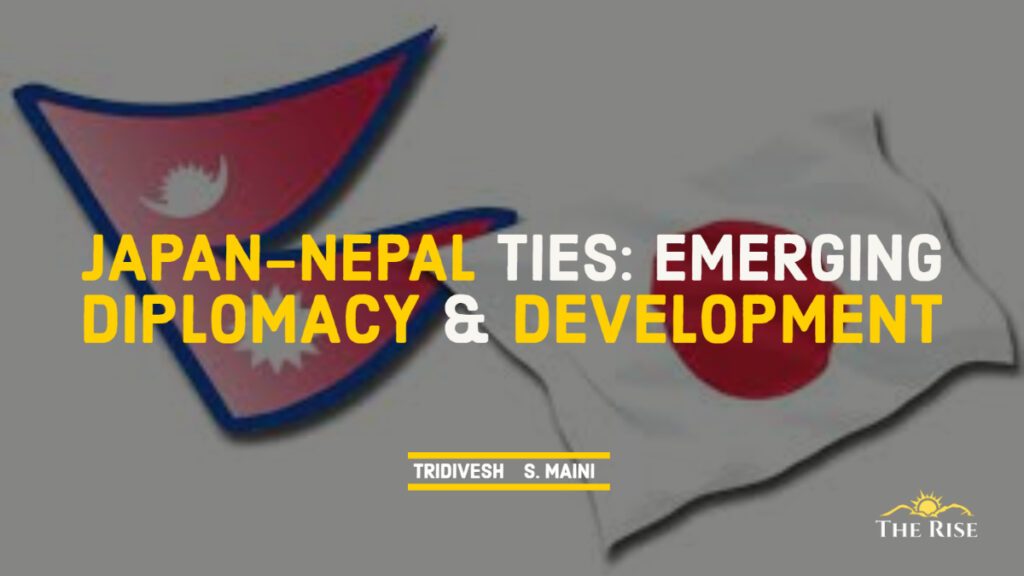







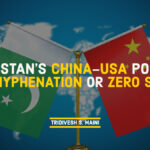

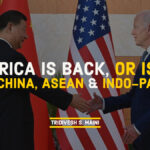










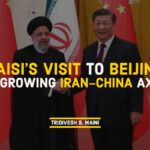





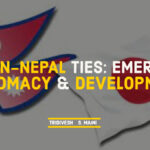




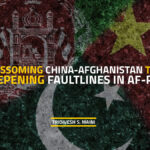

















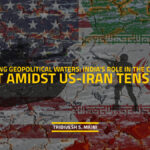



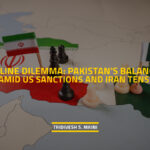





















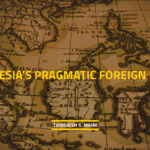























Pingback: Nepal: An Emerging Power In World Affairs - TheRise.co.in